In Conversation
Alejandro Cartagena, the co-founder of Fellowship, discusses Roope Rainisto's practice, his new collection REWORLD, and his thoughts on post-photography and the rising talents within the AI space.
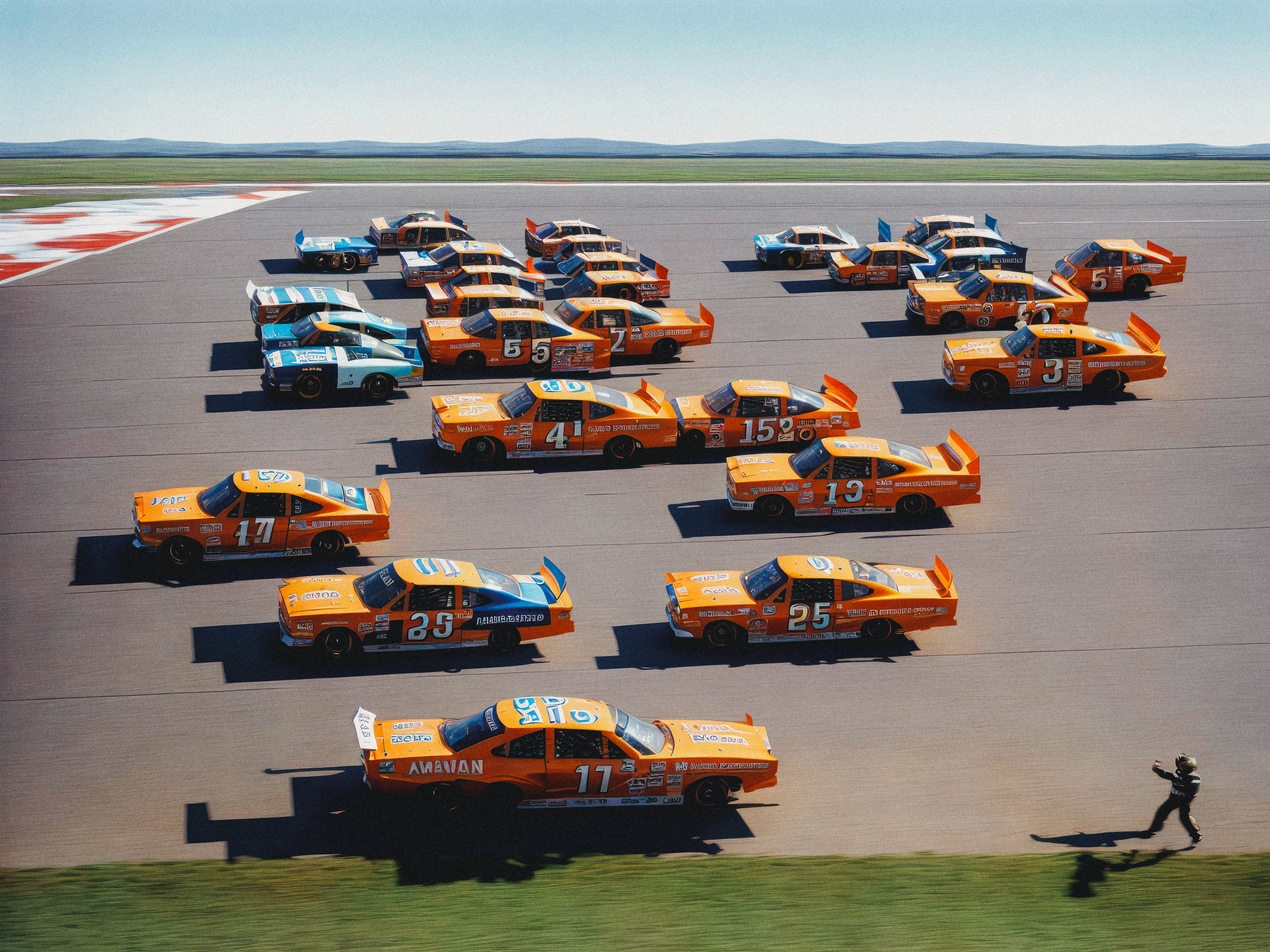
Alejandro speaks to Roope Rainisto
Alejandro Cartagena: Tell us about your background and interest in art making?
Roope Rainisto I have been a professional designer for about 25 years, creating products and experiences for smartphones and VR devices. Art has always been a passion of mine ever since I've been a child. I got my first film camera 30 years ago. Photography in particular has struck with me ever since.
I am a sentimental person by nature, so being able to capture moments, to tell back stories through images intrigues me. There is a complex relationship between a photograph and truth. The truth is very selective and tightly curated by the artist.
One can express truth with fictitious work, be it a book, a movie, or a photograph. The future brings up many opportunities to reinvent aspects of existing storytelling forms and to combine these forms together in innovative ways.
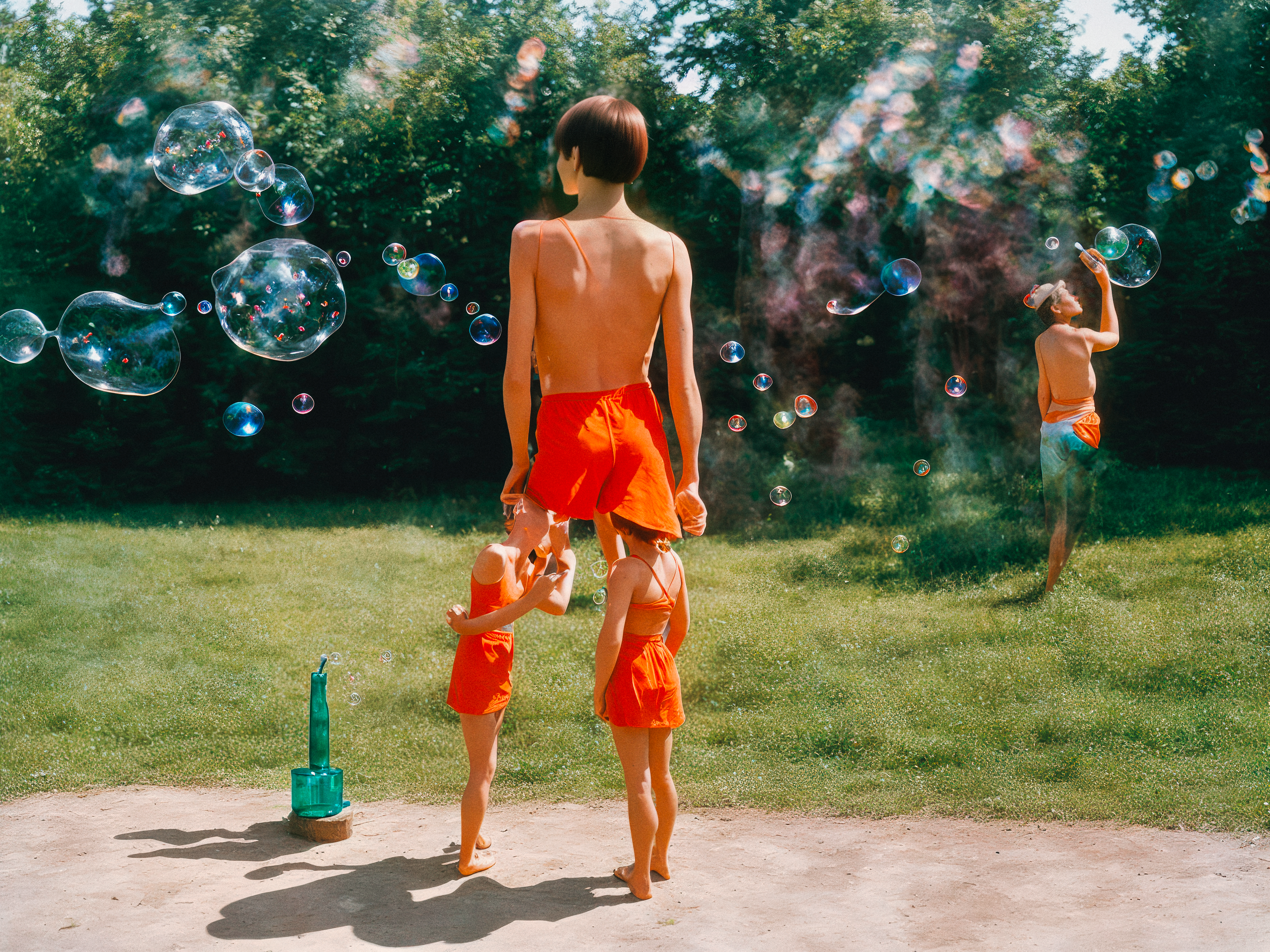
One day in the future AI-based generative models will learn and observe the rules of reality, becoming experts. Today diffusion-based generative methods present a rare example of shoshin – the beginner’s mind, full of possibilities, open to new ideas, capable of evocative dreams.
Roope Rainisto
CARTAGENA: You've developed a distinct vision and style with your work. How do you see your work evolving over time, both in the context of this new collection and more broadly as an artist working in AI photography?
RAINISTO: I take comfort in observing that the photos I am creating now have motifs similar to the very first photos I took 30 years ago. The creation technology may constantly change - there might be a camera, there might not be a camera - but the choice of themes and subject matters is ingrained in me.
It is easy to let technology overwhelm both the creator and the audience. The questions that came up after Photoshop made it possible for any photographer to edit any photograph in almost any way are amplified by the speed, ease, and possibilities that generative AI technology brings.
I believe the ultimate answer is not "or" but "and" - there will be room for everything along the spectrum of the pure, unedited photograph to moderately edited to fully generated. Creators can focus too much on the technical process rather than the end result. For the viewer of the finished image, the artwork either speaks to them or not.
AI photography is not easy! Art isn't fundamentally a technical problem. Making a compelling artwork remains as hard through using AI as with any other method the artist has at their disposal, perhaps more challenging in many ways because of the infinite number of options available.
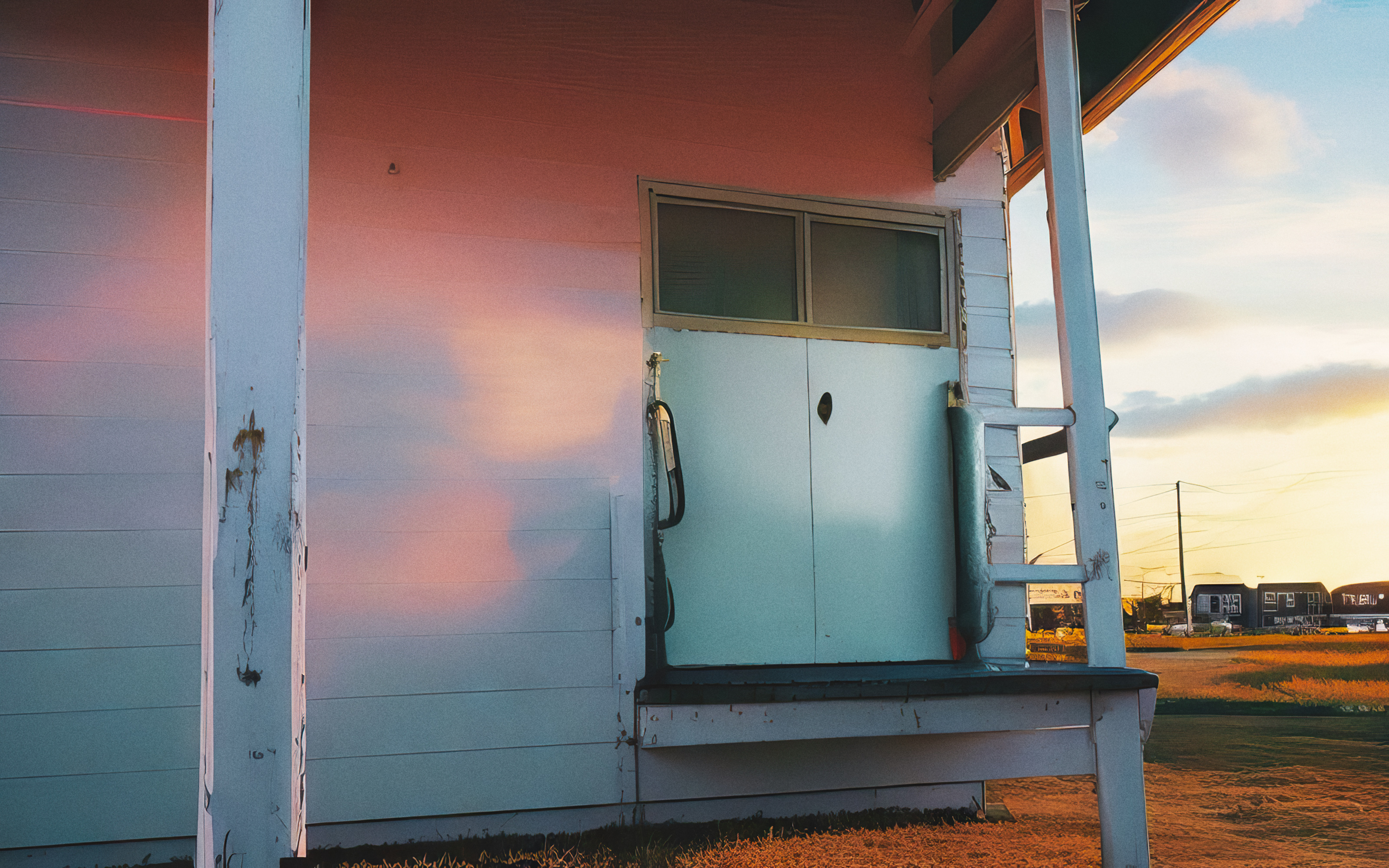
CARTAGENA: You are headlining a new group collection titled "Post Photographic Perspectives," with your portion of the show titled "REWORLD." Can you discuss how your work fits into this collection and what audiences can expect to see from your contribution?
RAINISTO: The "Post-Photographic Perspectives" group collection offers a curated look into some of the finest photographic work created using generative AI methods. We are fortunate enough to gather together a great group of artists, each with a unique voice and approach.
"REWORLD" follows the success of my previous collection, "Life In West America," with an even deeper exploration into the human experience, recaptured, reimagined, and recollected. All the things, places, people, and situations have happened before and will happen again, in various permutations - hence "REWORLD."
The collection pushes the boundaries of what is possible when combining artistic expression with the latest generative technology. The AI models are trained to recreate reality, but they are not encumbered by the same limitations of time and place. What's fantastical becomes possible. Is every moment we live in not a fantasy?
We recognize these images as coming from reality, even though reality breaks apart on every surface. Realism can be a crutch if you hang on to it religiously. Art is more permissive than that in describing the human experience.
The artwork doesn't have to look realistic, but it has to feel real. It should trigger emotional responses, and to do that, the image has to connect with us on a personal level by presenting a combination of facts and mystery that we then individually interpret to discover its whole meaning.
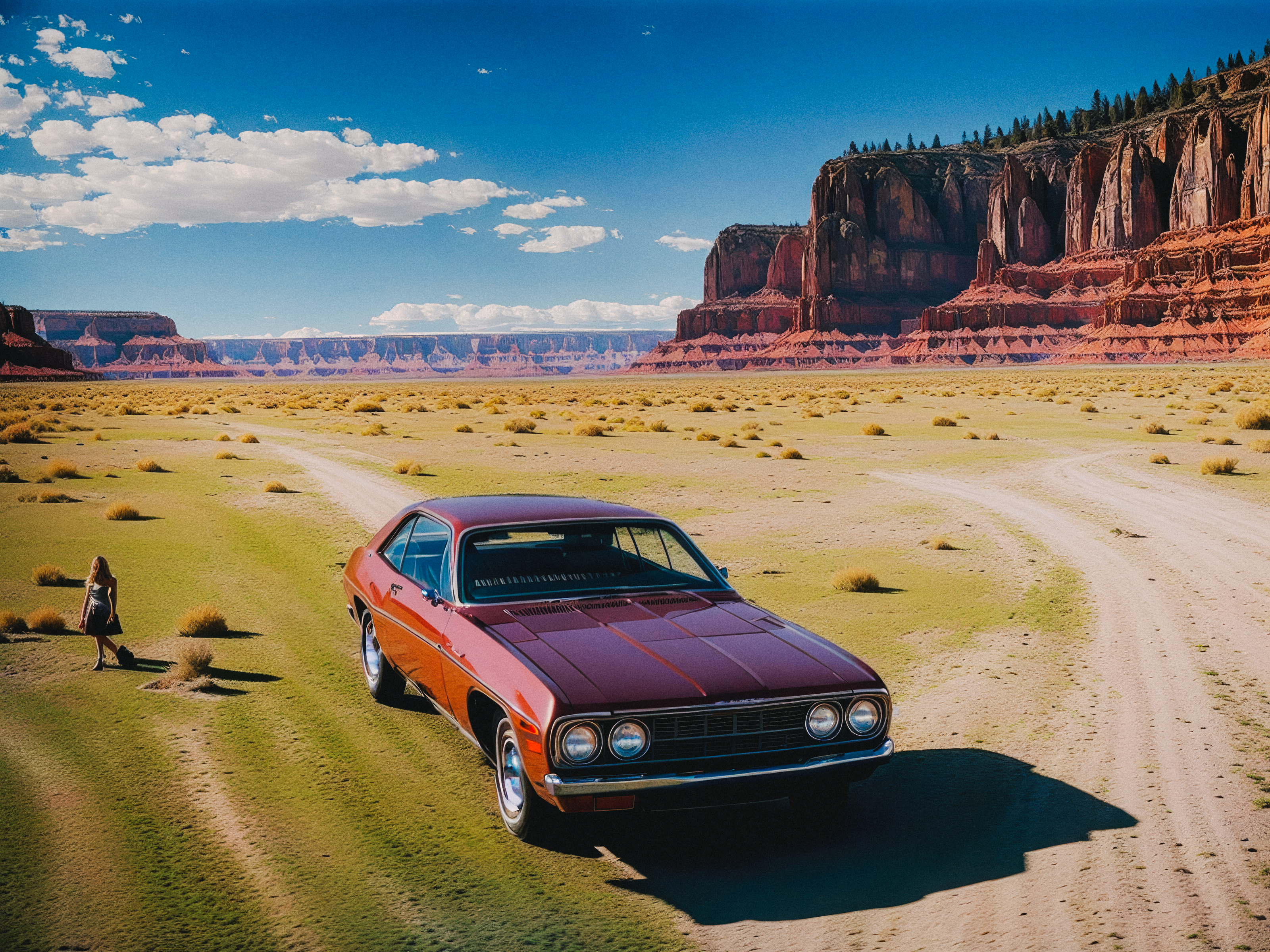
CARTAGENA: "Post Photographic Perspectives" will be a groundbreaking moment for photography and AI. Can you discuss your approach to selecting works for inclusion in this exhibition and what criteria you used to evaluate the contributions of other artists?
RAINISTO: A photographic piece should speak to you, no matter how it was created. The artists selected here tell stories through their artworks.
Just like there are multiple technical approaches to traditional photography, we are here presenting artists with differing practices and techniques.
Our motivation was to look towards artists who have already developed their unique voices: when looking at a piece, the viewer can connect with the artist. Artists use whatever media they have at their disposal to create their art. We present a spectrum of approaches, ranging from smooth continuations of their existing photographic styles to more explorative methods.
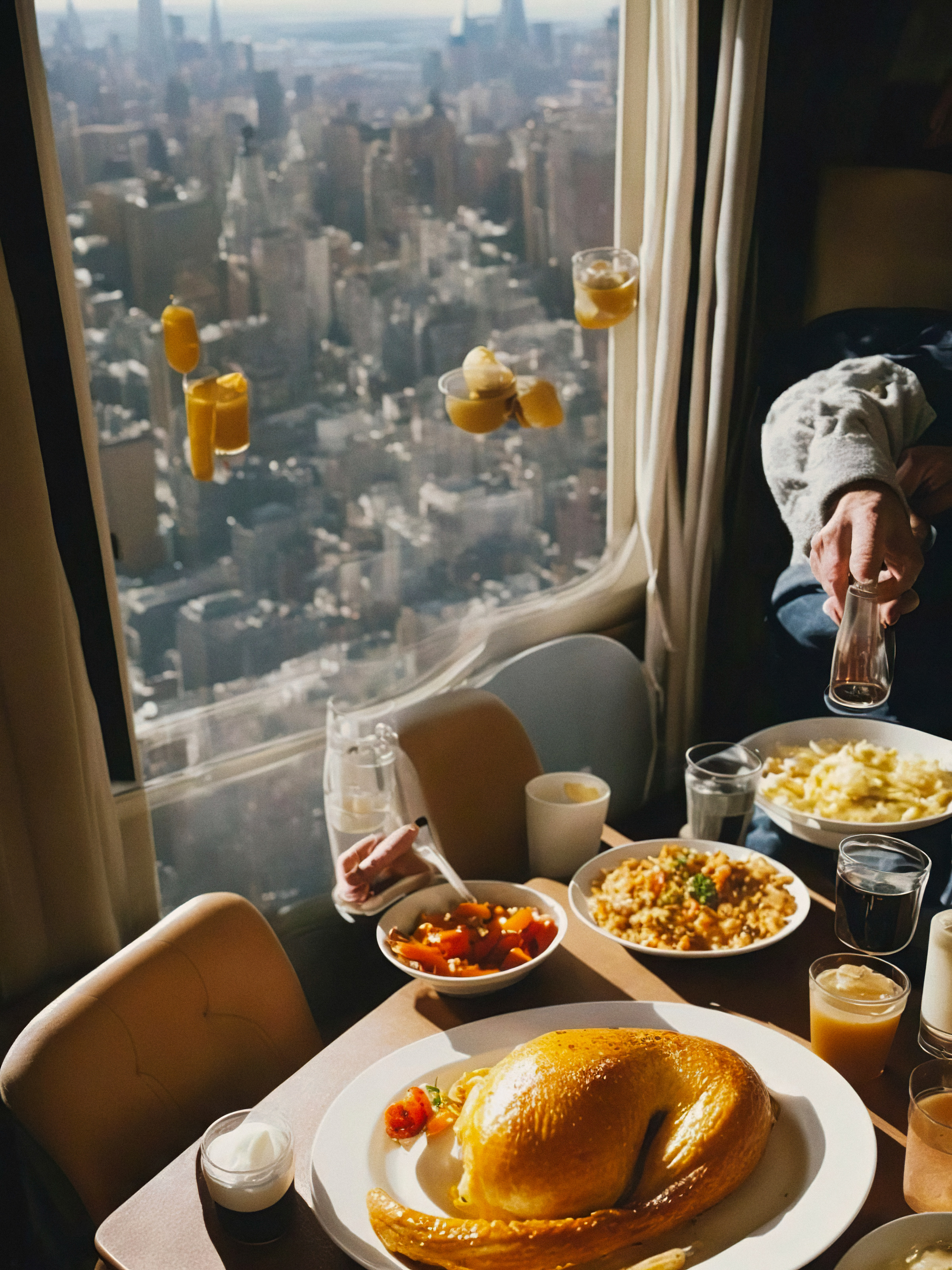

CARTAGENA: You were working on the inceptions of LIWA and REWORLD almost simultaneously. Having more time after the release of LIWA to continue working on REWORLD, what things changed for you in your technical and conceptual approach? What is at the core of REWORLD? How do you feel this new collection pushed your creativity?
RAINISTO: I did indeed start “REWORLD” before LIWA was completed. LIWA is focused on this mythical land called “West America”, and on a certain distinctive mood. Throughout its creation process my mind started racing wider. As a Finn, as an European, “America” is a theme, a canvas, more than any one actual place. On a fundamental level, humanity acts the same wherever you look, even though there are sometimes major superficial differences. “Re” in Latin means “again, repeat, anew”. History repeats itself. Visions about our future are images about our past.
Conceptually, I tried to push myself to create pieces that would hopefully feel that they’re not so much tied in time. These are moments from our history, repeating over and over. Sometimes the usage of AI is more subtle than in LIWA - not hidden, but fundamentally trying to serve the story within each image.
On a fundamental level, “REWORLD" explores ideas around the concept of possibility. The artworks present events that could be possible, presenting multiple alternative possibilities, happening at the same time, or the same event seen happening from multiple viewpoints.
REWORLD also looks at us functioning in a society: how easy it is to lose your own identity and become someone else, to lose yourself in the crowd. Are we the same as everyone else? On some level, there is a natural desire to do so. To belong, to be part of a larger cause. To mean something to someone.
Technically there have been several advancements - all new models trained, new control mechanisms available. Several pieces use these new capabilities, for instance to create larger vistas, to bring in a broader perspective. Many of the pieces are the most complicated ones I’ve ever created. At the same time, the strong positive feedback towards LIWA is a signal for me to carry on with its approach of looking for the emotional core behind each image.
History repeats itself. Visions about our future are images about our past.
Roope Rainisto
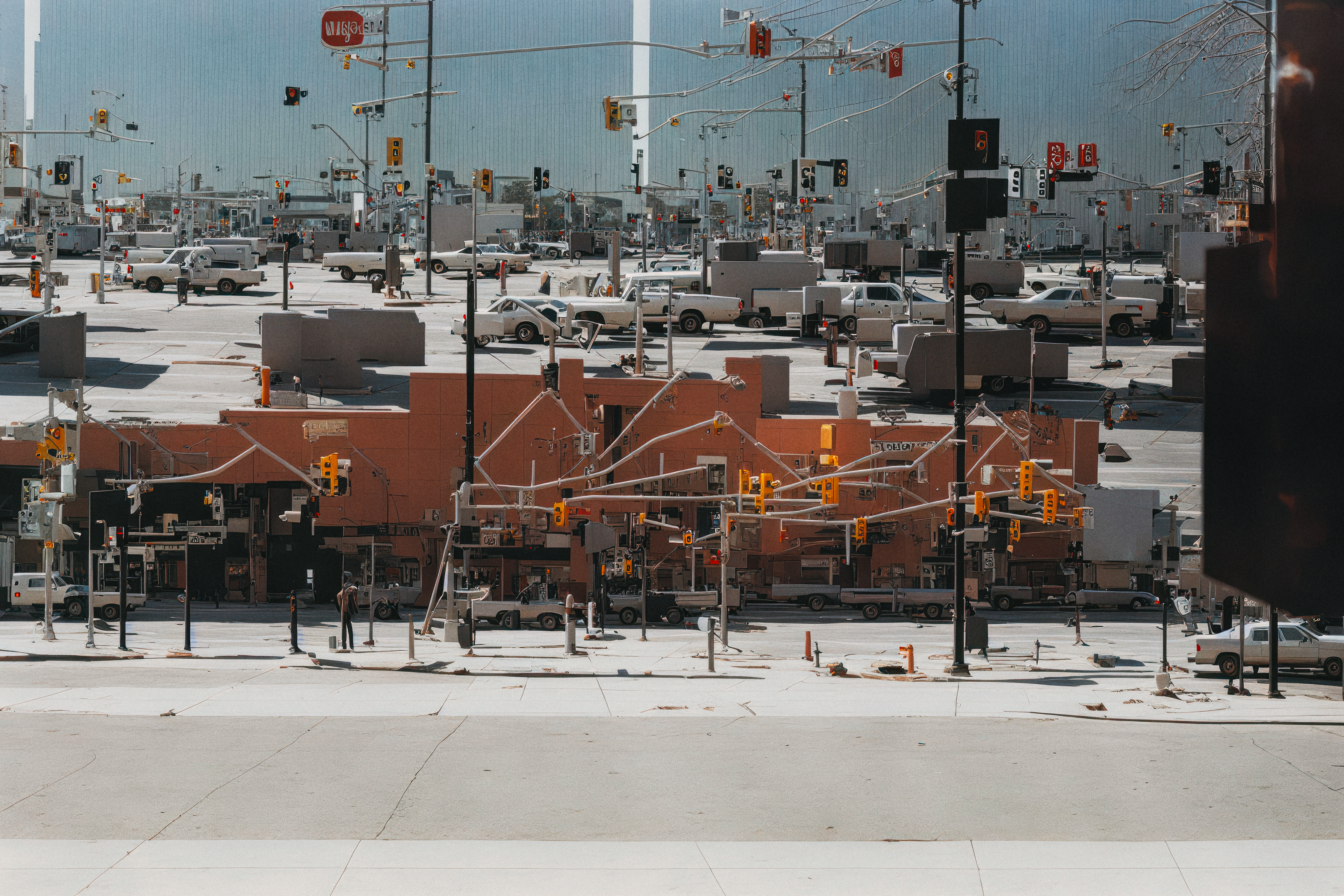
CARTAGENA: Can you describe any challenges or limitations you have faced in your work with AI, and how you have overcome these obstacles?
RAINISTO: The need to struggle against technical limitations often pushes artists to create their finest work.
Consider, for instance, electronic music created in the early 1980s. Synthesizers were primitive and troublesome to deal with, but the music created with them stands the test of time. The challenges often force the artist to innovate, to make do with what they have, and to figure out how to express their vision within the limitations. Modern synthesizers make everything possible, but it doesn’t mean that the music created with them is necessarily better.
The so-called imperfections within early technology can be highly musical and inspiring. This is just as true with the current state of generative AI technology. The limitations within each expressive form of media can be taken advantage of, integrated into the presentation.
Realism can be a crutch if you hang on to it religiously. Art is more permissive than that in describing the human experience.
Roope Rainisto
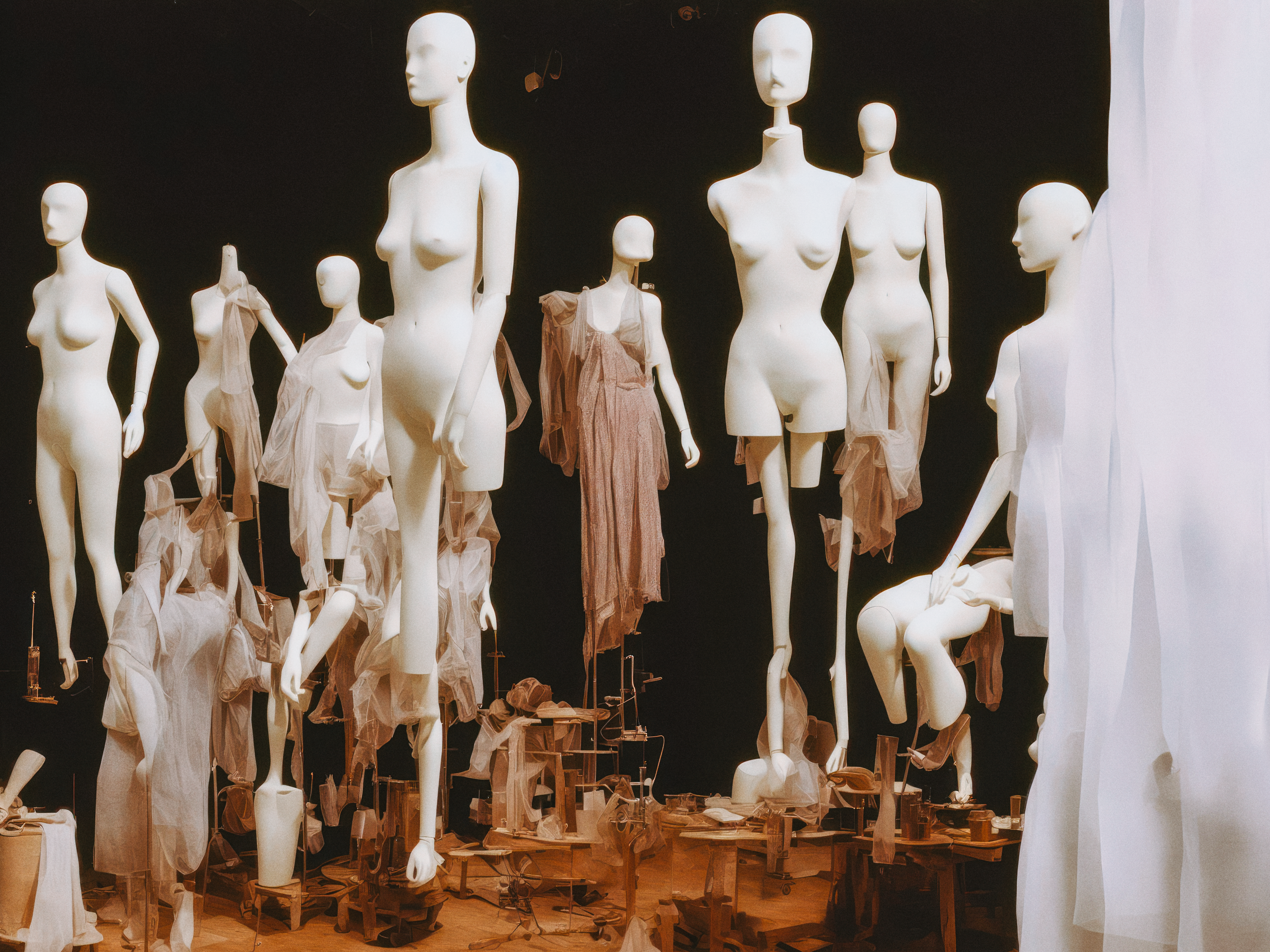
CARTAGENA: How do you view the intersection of technology and photography?
RAINISTO: Technology brings photography into the hands of more people, both creators, and consumers. 50 years ago, only a few people could create photos, and the number of images one could take was minimal. How many photos were there of me as a child? Likewise, 50 years ago, getting anyone except your close family to see your photos was tremendously hard.
Throughout time, photography has developed alongside technology. New cameras, optical innovations, film types, digital sensors, and digital signal processing allow the artist to advance the art form.
People have many opinions about what AI photography is or is not and what this development will mean. More interesting than jumping to a conclusion, guessing the correct answer is the process of exploration itself. Depending on how you see the world, these are threats and opportunities for the artform. Artforms that evolve and continue to adapt to the culture are the ones that remain vital.
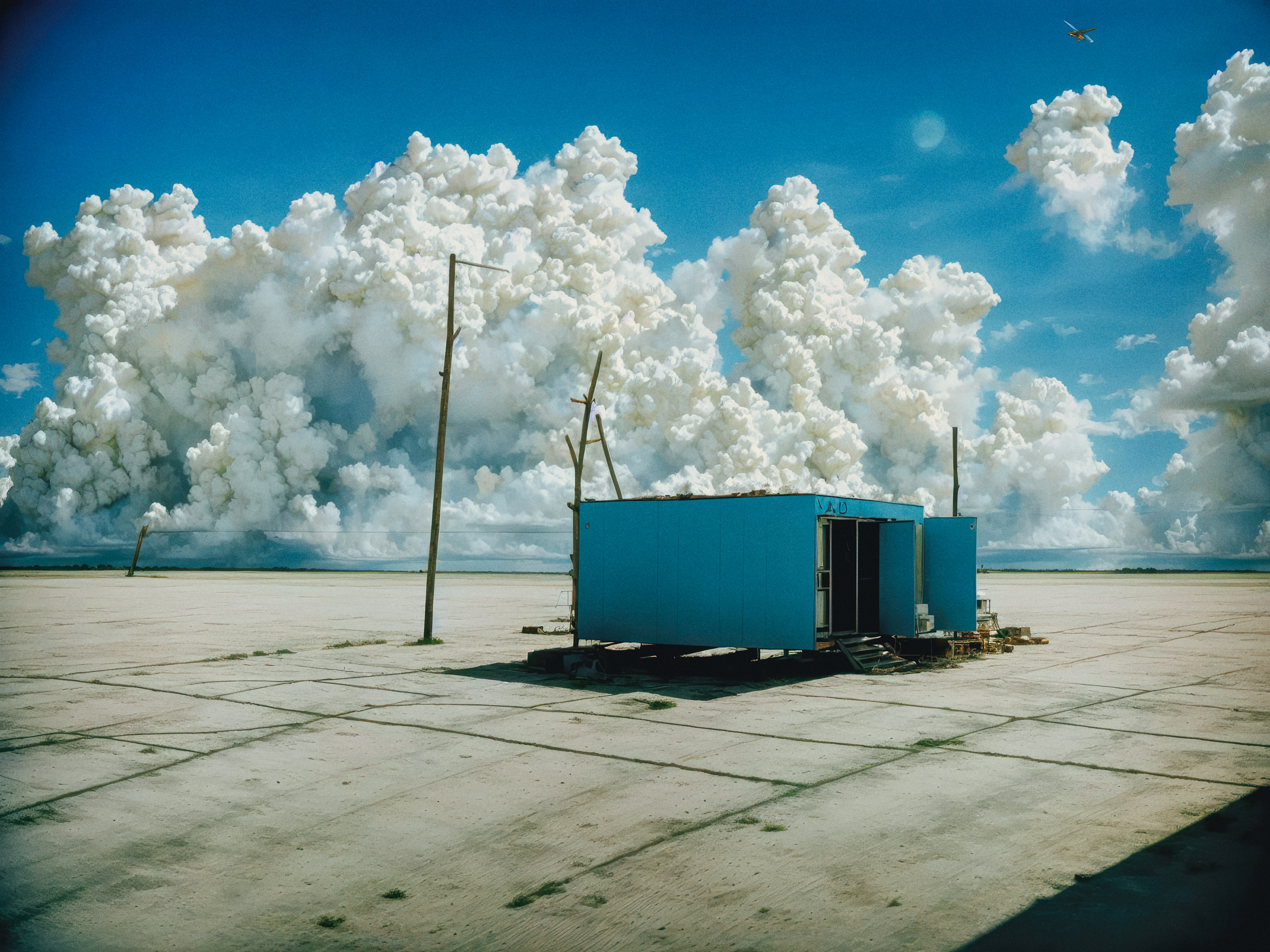
CARTAGENA: As an artist working in a rapidly evolving field, how do you stay abreast of the latest trends and developments in photography, AI, and technology, and what resources do you rely on for inspiration and education?
RAINISTO: As an artist working in a rapidly evolving field, staying abreast of the latest trends and developments in photography and technology is crucial. I rely on a variety of resources for inspiration and education, including other artists, publications, and online resources. I am always looking for new ways to innovate and push the boundaries of what is possible with technology and art.
The community around generative AI is a beautiful place to be in. There is a culture of sharing, experimentation, and openness.
Open source is free in multiple senses of the word. It is not only accessible in terms of cost but also in the freedom of expression, development, utilization, and idea sharing.
It does require correct alignment in a creator's mindset: you need to be willing to share work that is fragile and imperfect. Do not expect to be great on day 1. People share their explorative work for others to see. I use my Instagram almost as a daily diary, posting various tests and experiments.
Learning takes a different mindset. Nobody has written a comprehensive manual of every possibility since the options are not designed! My strong encouragement for each artist is to start exploring: consider and learn ways to make AI work for you. Do not listen to those people who shame artists for using AI. They are shooting themselves in the foot by doing so.
Generative AI methods are merely additional tools to be added to the set of existing tools an artist has at their disposal. The technical ability to execute images has yet to make someone an artist. Do not be afraid of change. Rather, be afraid of not constantly changing, learning, innovating, interacting with the new possibilities of expression that are presented to all of us.